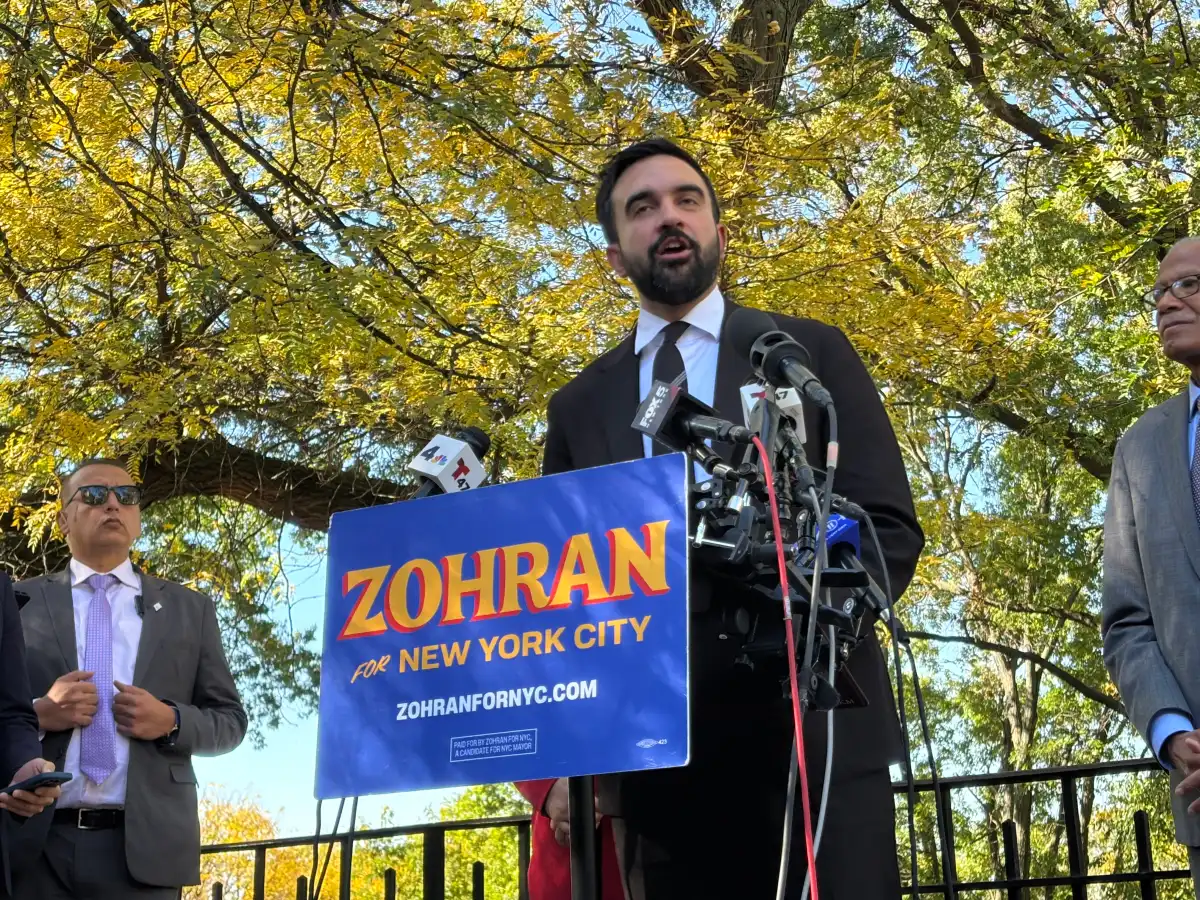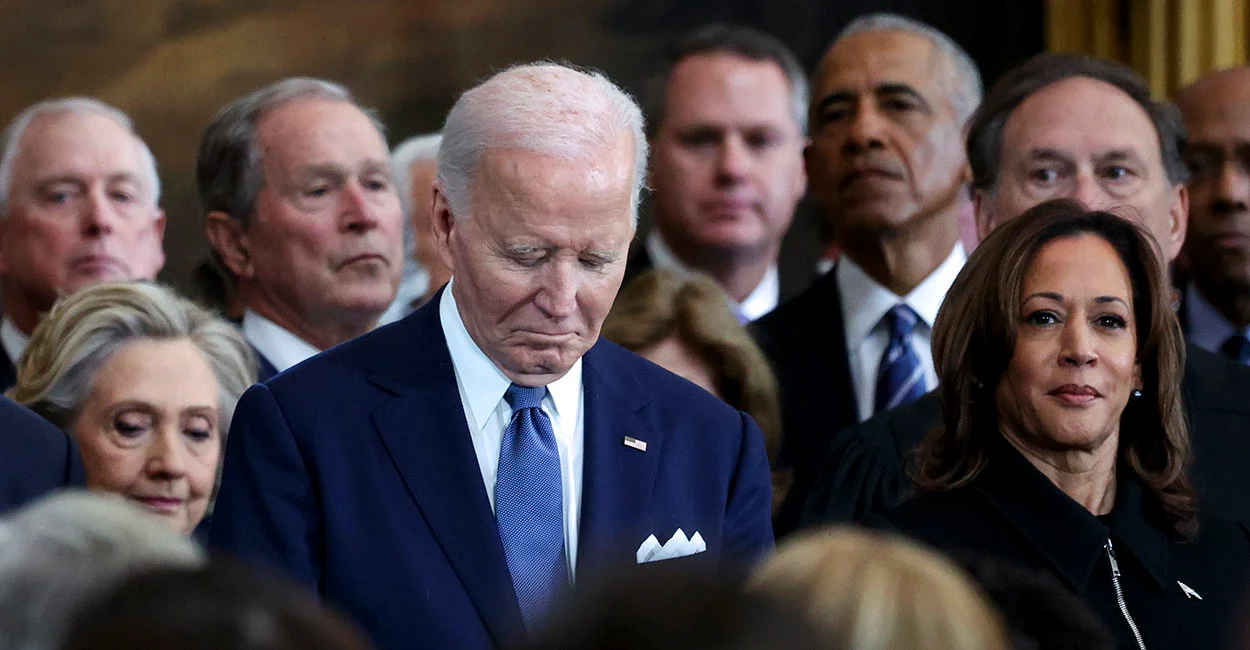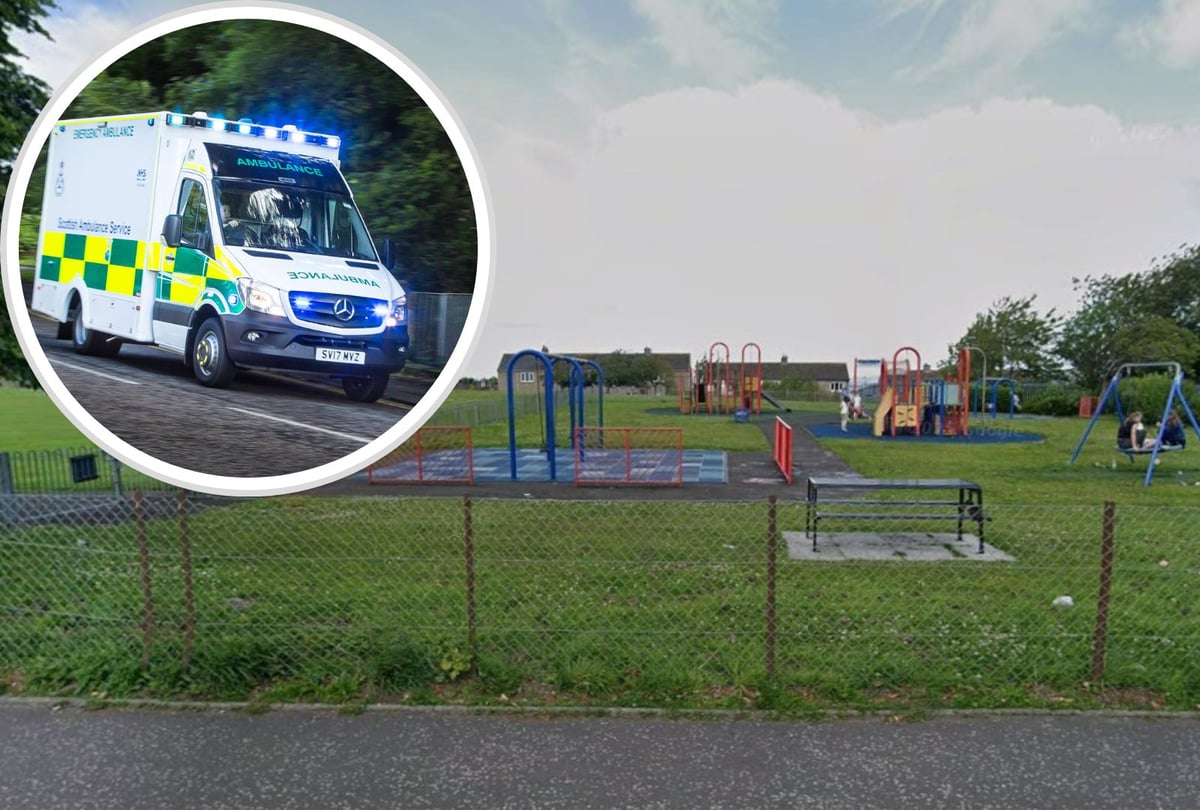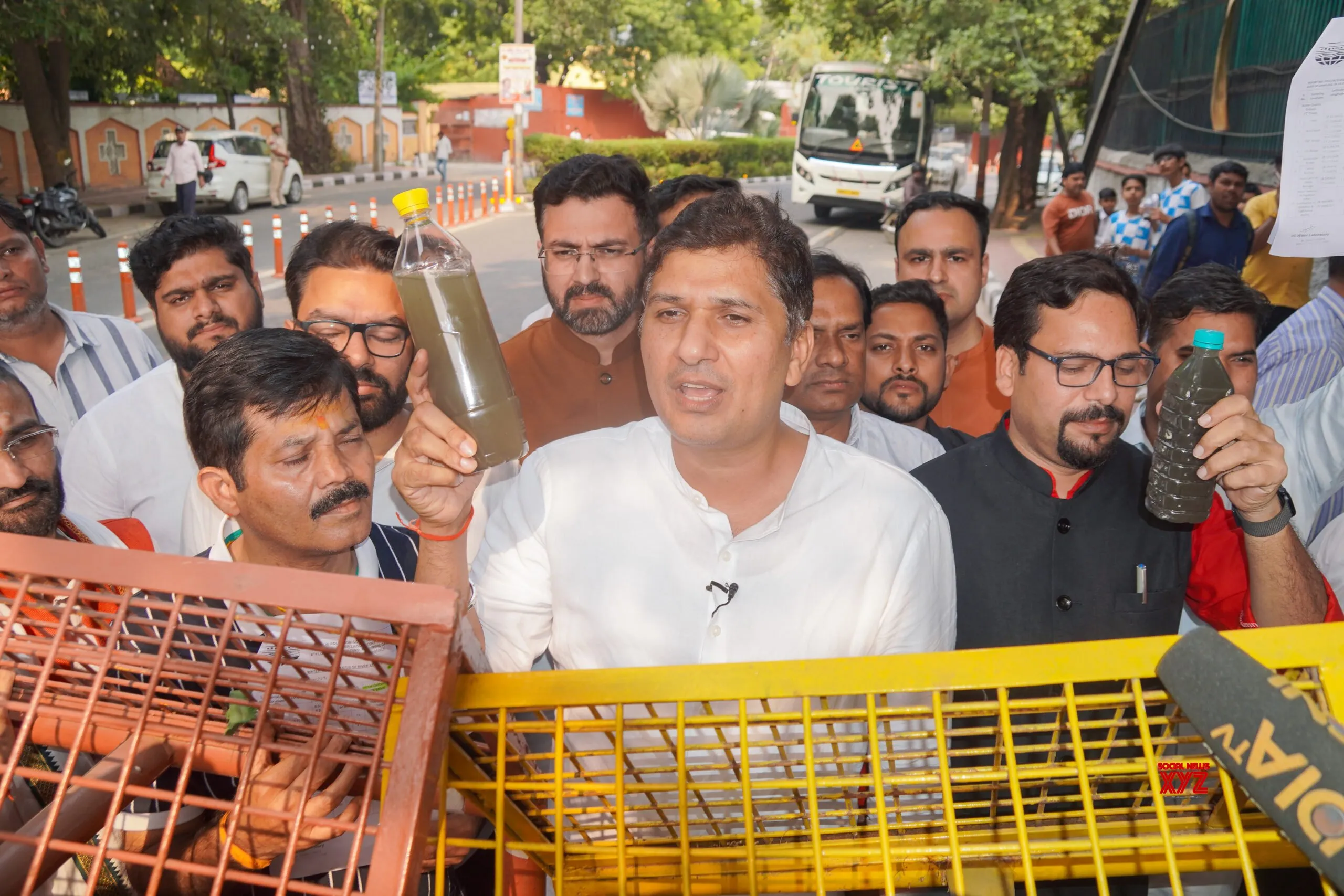Copyright AM New York

New York City’s mayoral election is just six days away, and with Democratic nominee and Assembly Member Zohran Mamdani leading in the polls, he has spent the past few weeks making more concrete policy plans for his potential administration. One of these plans involves an attempt to curb wasteful vendor spending in the New York City Department of Education (DOE). The department has taken heat from the City Comptroller’s office this year for alleged wasteful spending, particularly at a single Brooklyn restaurant, as reported by amNewYork in July. With greater scrutiny on the department and what Comptroller Brad Lander called a lack of mayoral oversight, Mamdani is seeking to tighten the control over cash flow. amNewYork examined Mamdani’s plan announced last week to control DOE spending — measuring the scale of the department’s expenditures, the fine print of Mamdani’s proposal, and how it fits into his education agenda more broadly. Vendor contract spending at the DOE In the DOE, vendor contracts account for roughly $10 billion of the department’s $41 billion operating budget. As Mamdani seeks to reduce education spending without laying off jobs, he hopes to target “redundant and duplicative spending.” The department collaborates with hundreds of vendors to provide assistance in software, community engagement, research, and other services. Though the department lists these third-party vendors publicly, it notes on its website that the list is not a comprehensive collection of all “approved DOE vendors.” Some of the listed vendors are household-name companies, such as Adobe, Grammarly, and Zoom, while most are lesser-known technology and education service providers. Information on annual expenditures to each vendor is not public. Mamdani said at a press conference last week, where he announced the plan that he intends to “ensure that every single dollar we spend within the Department of Education is one dollar that is furthering our mission of delivering excellent education to students across the five boroughs.” The mayoral hopeful wants to task the next schools chancellor with a three-pronged “procurement plan” that would evaluate and limit spending. First, the chancellor would conduct audits of the department’s top 50 vendors and its 25 largest contracts. Second, they would reconfigure the vendor system by joining its two internal procurement offices, establishing a contracting base in each borough, and using the city’s PassPort online portal for agency contracts. Lastly, Mamdani wants the chancellor to create a “vendor rating dashboard” to establish greater accountability among vendors. “We expect that these measures alone will result in at least a 10% reduction in redundant spending and a 30% decrease in retroactive and emergency procurement,” Mamdani said at the press conference. If Mamdani’s assertion is correct, the department could stand to save hundreds of millions of dollars annually — although the exact figure is unclear. With vendor contracts accounting for nearly a quarter of the DOE operating budget, a significant overhaul of the city’s contract management could substantially impact spending in the department. Still, it is unclear exactly how many dollars of contract spending would be subject to Mamdani’s planned review. Rather than focusing his planned cuts on the education workforce, Mamdani looks to cut spending elsewhere. His education plan includes hiring 1,000 additional teachers every year for the next several years, which his campaign claims will cost the city $12 million per year due to projected savings achieved through his proposed education spending controls. The plan secured the support of the city’s teachers’ union, the United Federation of Teachers, which endorsed Mamdani in the June primary election. In a statement to Chalkbeat, the union’s president called the current procurement system “a chronic source of frustration.” Mamdani looks to reclaim DOGE from the right At last week’s press conference, Mamdani directly referenced Elon Musk’s and President Donald Trump’s efforts to slash the federal workforce and federal spending through t what has been called the Department of Government Efficiency (DOGE). Musk, who was assigned to head up the agency but who has since departed Washington, said the agency would save $1 trillion in taxpayer dollars by Sept. 30. Though the agency oversaw the firing of thousands of federal employees and canceled countless contracts, it remains unclear exactly how much money it has saved taxpayers. Mamdani, however, insists that cost-cutting ought to be a standard for the left as it is for the right. “For too long, we have allowed individuals like Elon Musk to pretend as if concerns of efficiency and waste are that of the right-wing, when in fact, they should be the bedrock of any progressive politics,” Mamdani said of the press conference. Mamdani has suggested that his plans for procurement reform and cuts to unnecessary spending across the city will help fund his ambitious affordability agenda he plans to implement should he be elected mayor on Tuesday. The candidate suggested that the money would be better spent elsewhere. In the realm of education, Mamdani plans to hire 7,000 to 9,000 more teachers to the city’s workforce in addition to investing more money in teacher education. He hopes to centralize teacher recruitment to onboard more “aspiring teachers” to school positions. Mamdani also wants to allocate $12 million to launch a program that would “prioritize placements for the three-year teaching requirement in the districts with the highest staffing needs.” On affordability, the candidate also hopes to freeze rent on rent-stabilized apartments, build 200,000 affordable housing units, open city-owned grocery stores, make city buses free, and implement free childcare citywide.



